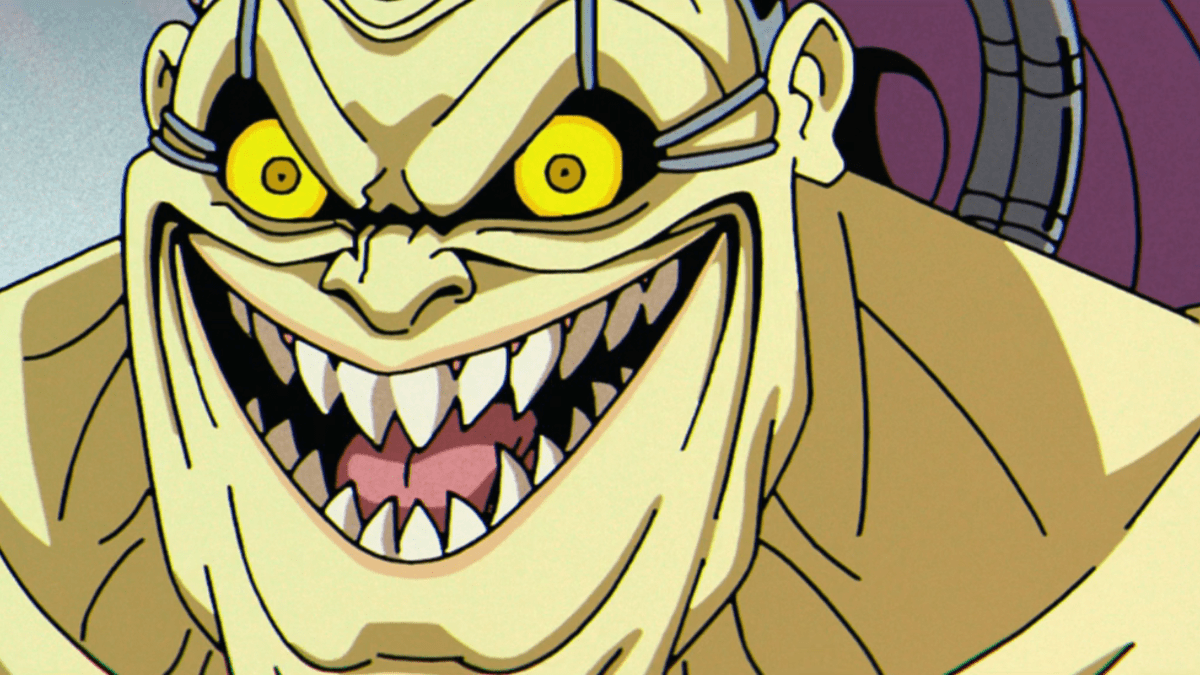We don’t want to jinx it, but three episodes in and X-Men ’97 has delivered pretty much everything we could asked for from both a continuation of X-Men: The Animated Series and Marvel Studios’ first foray into the X-Men universe.
With an intelligent yet fun and fast-paced narrative that’s so far encompassed heady socio-political themes and soap opera-worthy relationship drama straight out of classic X-Men comics, X-Men ’97 is a truly authentic rendition of the Children of the Atom. Not to mention their many foes too. Case in point, episode 4, “Motendo/Lifedeath – Part 1,” brings back a character who is hands-down the strangest villain in the X-Men’s rogues gallery.
If you could tell our 2008 selves that one day Marvel Studios would release a project with Mojo in it, we wouldn’t have believed you. But we’re so glad it happened.
Who is Mojo in X-Men ’97?

“Motendo/Lifedeath – Part 1” is a two-in-one installment that combines two separate storylines. While the second half sets up Storm and Forge’s quest to get Ororo’s powers back (to be continued in Part 2 in a couple of weeks), the first half sees Jubilee and Sunspot zapped inside a video game based on the X-Men’s greatest exploits. In a fun twist that’ll please ’90s kids, the mastermind behind the game is revealed to be none other than Mojo.
With only around 15 minutes devoted to this storyline, there’s not much room for X-Men ’97 to fully explain who or what Mojo is. And many are probably interested in more information considering that Mojo is a freaky-looking alien with reality-warping powers and a penchant for satirizing the media. Well, for those looking for extra info, check out his two prior appearances in X: TAS — season 2’s “Mojovision” and season 5’s “Longshot.”
As established in the comics and in X: TAS, Mojo is an alien slaver who is the ruler of the Mojoverse, a dimension whose inhabitants have become Mojo’s slaves due to their addiction to his mindless TV shows. Think the unwanted love child of Jeff Goldblum’s Grandmaster from Thor: Ragnarok and Ted Sarandos. In terms of his species, he is one of the Spineless Ones, a race of beings without backbones who require advanced technology to walk — hence Mojo’s robo-spider legs.
In “Motendo,” Mojo has switched his failing TV format, which was losing viewers, for video games. He plans to spread his Motendo (the Mo is for Mojo, the tendo for Nintendo) gaming system across the universe to make him all powerful. He also initially appears emaciated due to his dwindling viewership, but he soon balloons back to his traditional rotund size when he gorges on the energy created by Jubilee and Sunspot playing his game.
Jubilee manages to defeat Mojo, however, with the help of an unlikely ally — an older version of herself, a digital copy created to beta-test the game who gained sentience. Fans will be delighted to note that original Jubilee actress Alyson Court returns to voice this version of the character, getting to team up with her replacement, new performer Holly Chou.
In the ’90s, Peter Wildman provided the voice of Mojo, but for ’97 the role has been assumed by David Errigo Jr. Errigo does an exceptional job, both as an impression of Wildman and the beautifully OTT voice acting that was so prevalent in 1990s cartoons. The problem is that now Marvel has reminded us what a ridiculous, campy villain Mojo is, fans are going to start demanding he crossover into live-action soon.
If you’re looking for casting ideas, Kevin Feige, how about Steve Carrell?

